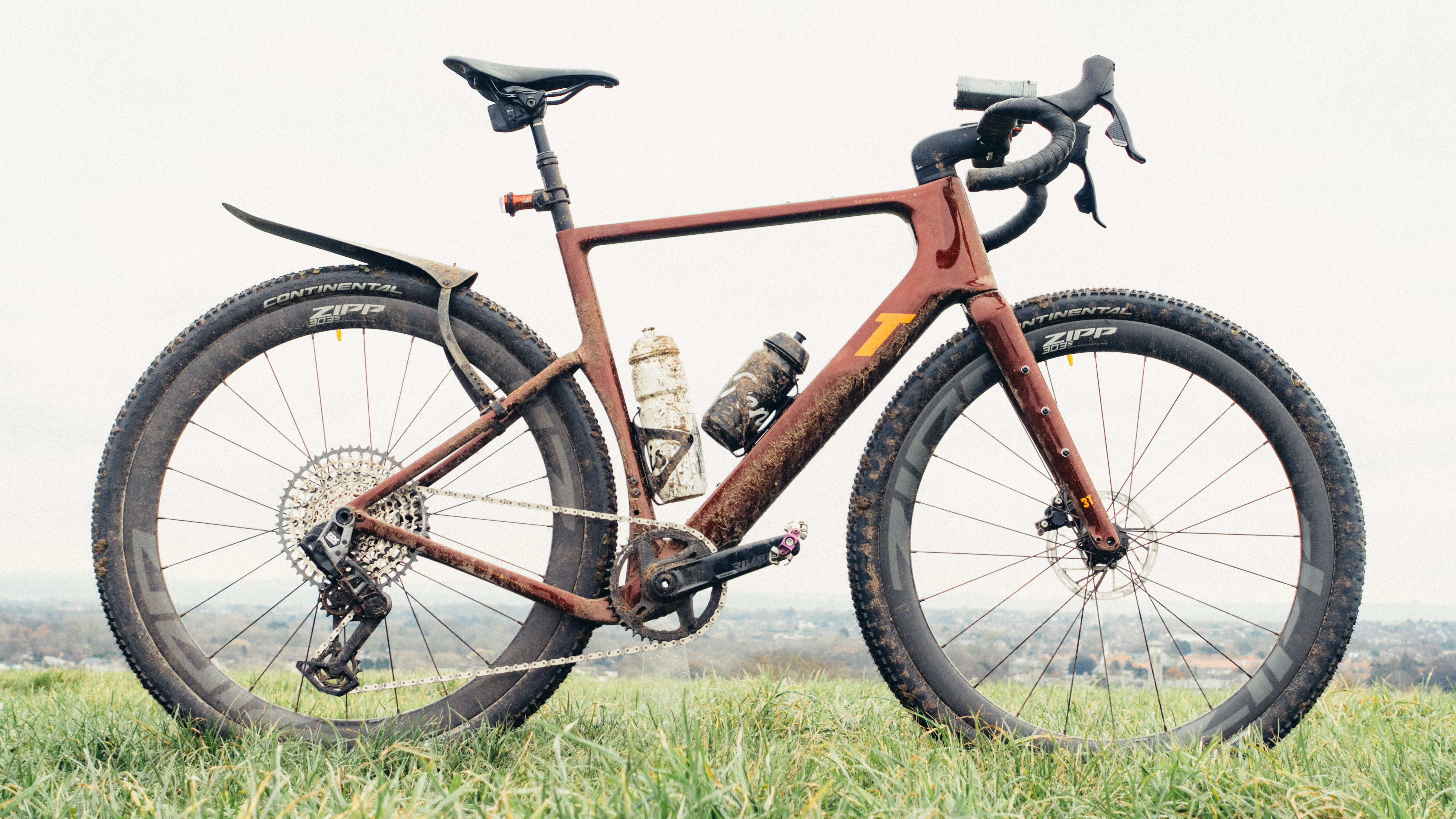
I get a bit misty-eyed about the 3T Exploro. I remember when it came out; the buzz around it was wild. ‘Gravel’ was in its infancy (no, don’t start about '90s MTB, we haven’t the time) and I was razzing around the canal towpaths of Leeds on a cyclocross bike wondering why anyone in their right mind would make an aero gravel bike, as well as very much wanting one. This was further compounded when a friend of mine actually bought one, but fortunately for my beleaguered post-university bank balance, we were different enough in height that I never rode it.
The Exploro hasn’t stagnated since its inception and now exists in three guises - the ‘Pro’, which is the OG model, the ‘Ultra’ for bikepacking, designed primarily around 650b wheel usage, and the ‘Racemax’, optimised for 700c wheels with narrower tyres. Now it seems the Italian brand is creating two divergent streams of off-road evolution.
Earlier in the year the brand launched its Racemax Italia, a bike very much aimed at the gravel racing we see at the pointy end of events like Unbound. Now it has launched the Extrema Italia, a bike clearly heading in a different direction. There's still an aero package, but the stated aim of this new lineage is to tackle far more challenging terrain. Think of events like the Atlas Mountain race, where half the field turns up on mountain bikes.
I’ve been using the Extrema Italia for a month or so of extremely filthy gravel riding, and on the whole, it’s performed excellently, particularly when the going gets really rough. The problem is, for that kind of riding, you start to wonder if you should just use an MTB…
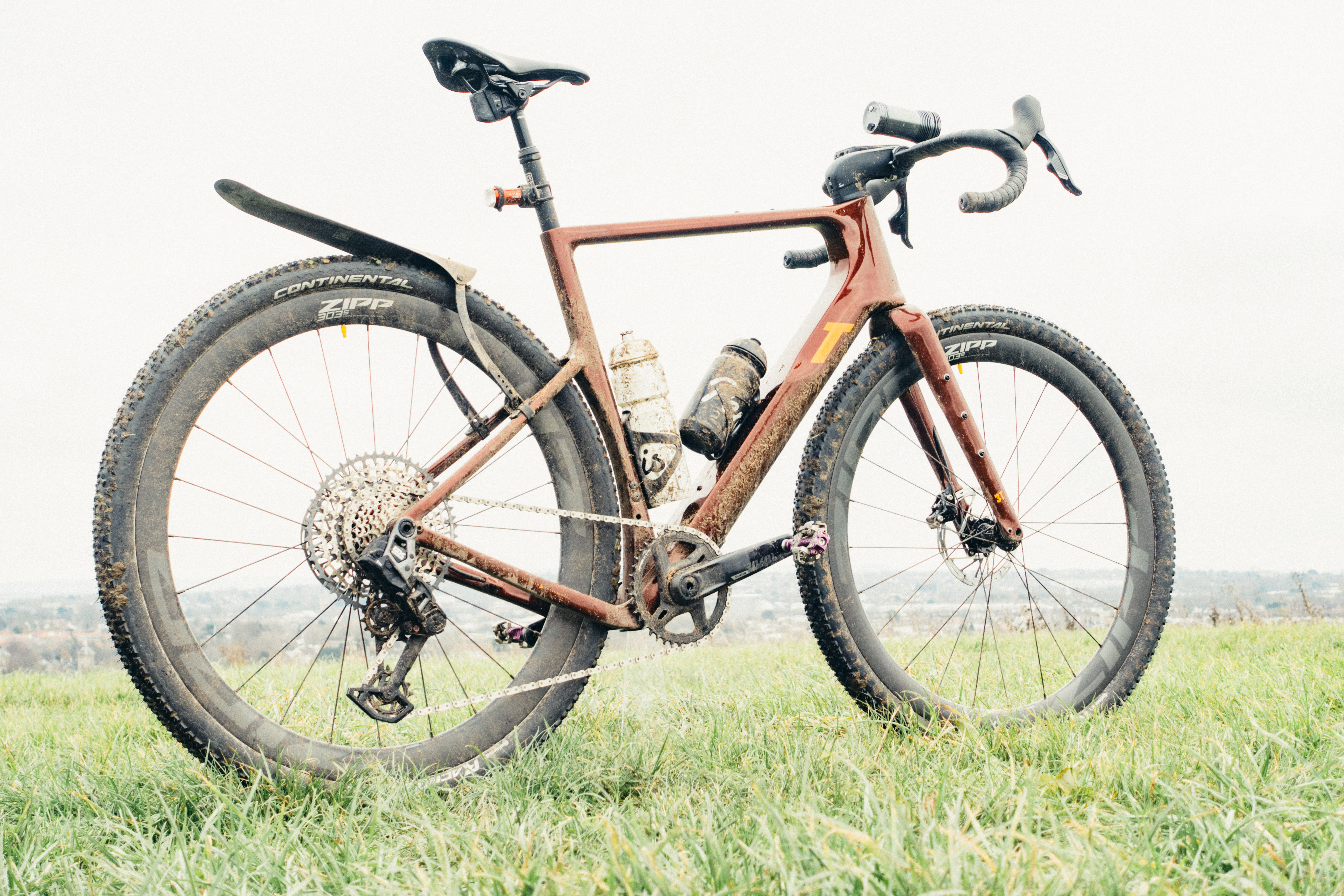

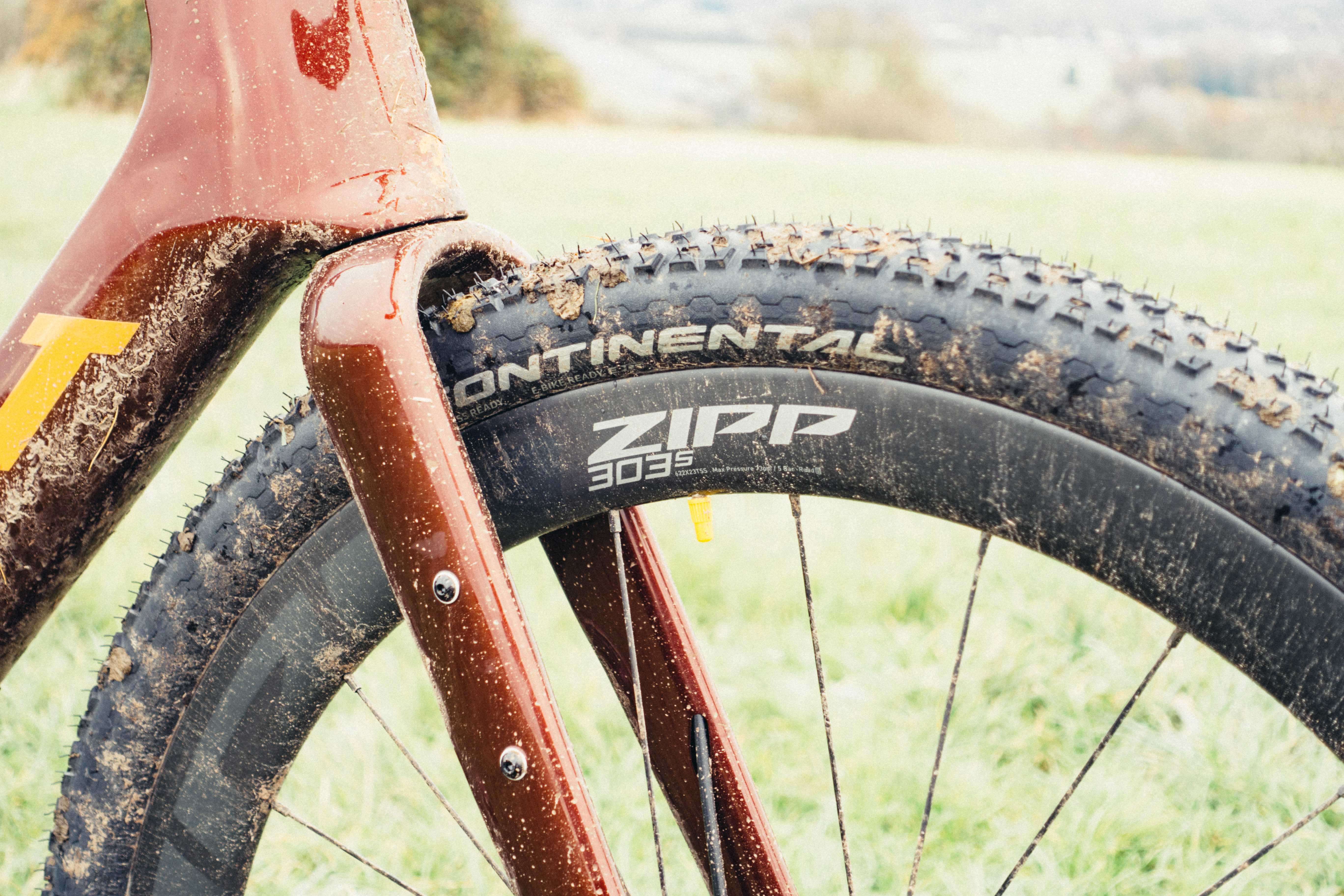
Design and aesthetics
Gravel bike chat, whether around the design table or down the pub always comes back to tyres. The hook for the Extrema Italia is that it can run tyres as big as 700c x 57mm, and my test bike arrived with 50mm Continental Race Kings. Running tyres that wide isn’t necessarily new for gravel bikes; my long-term Fairlight Secan can run tyres that wide, but only by sizing down the rim to 650b. The slow demise of 650b as a wheel size for gravel has been happening year after year, with fewer bikes coming with 650b from the factory, or even accepting them (officially at least) as an aftermarket option. Tyre brands are also producing fewer 650b models, mirroring the demise of 27.5 in the MTB world (the same diameter as 650b, just with a different name).
This is easily achieved at the front end by simply slapping a wider-set fork on, but it’s more tricky at the rear as the widening of chainstays means they start to interfere with chainrings. Dropping them both helps in this case, but it’s pretty miraculous that this is both 1x and 2x compatible. Specced as my test bike was with a 10-52t Rival GX Eagle transmission with a 40t chainring from the factory I can’t see why you’d want to spec a 2x on this bike, as much due to its intended use and where it excels as anything else.

Aero in gravel certainly isn't new, but turning up to the Monday night gravel group ride on a frame with tubes as overbuilt as this certainly raises some eyebrows. I’ll get into the performance shortly, but aesthetically at least, especially with the combination of deeper Zipp 303S rims and chunky rubber, and the aero handlebar, the bike does look like it would roll over more or less anything. The dropper post, a Rock Shox Reverb unit, actually looks a little skinny in the context of the bike as a whole. If you look through our guide to the best gravel bikes they all resemble road bikes to a greater extent, but that's not so much the case here in my view. The downtube is very reminiscent of the Ribble Ultra, come to think of it, though that has a very different use case in mind.
Given the bikepacking/ultra focus of the machine, it’s no surprise to see the usual suspects in terms of mounting options. Triple bosses on the forks for anything cages, doubles on the seat tube and under the down tube, as well as the top tube, and a triple set on the downtube for carrying larger bottles if necessary or mounting one bottle lower down. Interestingly the two bosses on the top tube are set noticeably further back than I’ve seen on other bikes, and my suspicion is so that it can be used with a side-loading bottle cage and accommodate a large water bottle without fouling on the stem. I don’t run a bento box/snack pouch/top tube bag (choose your name as you wish), but as most of them are designed to effectively butt up against the stem you may find an unsightly gap on yours.
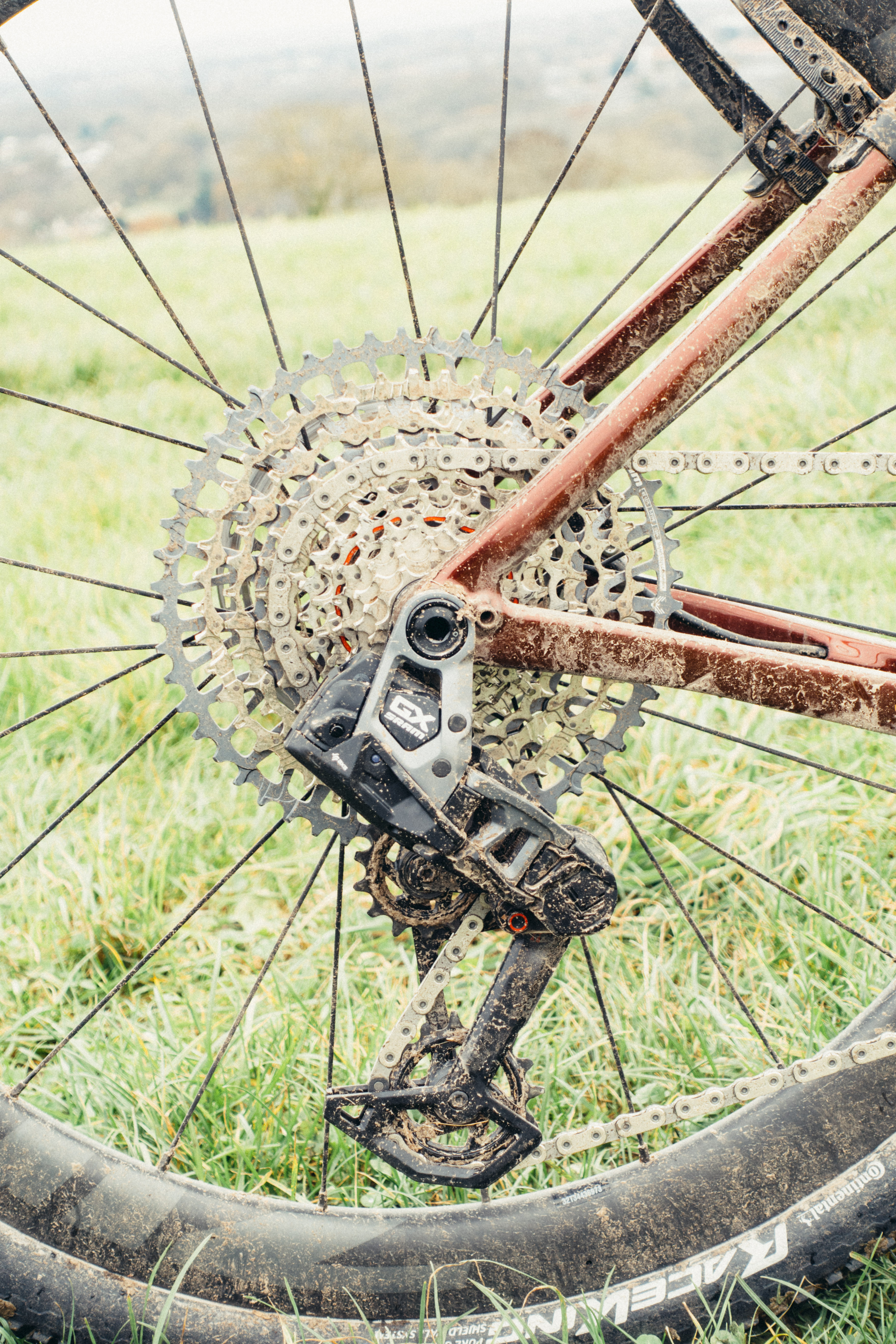
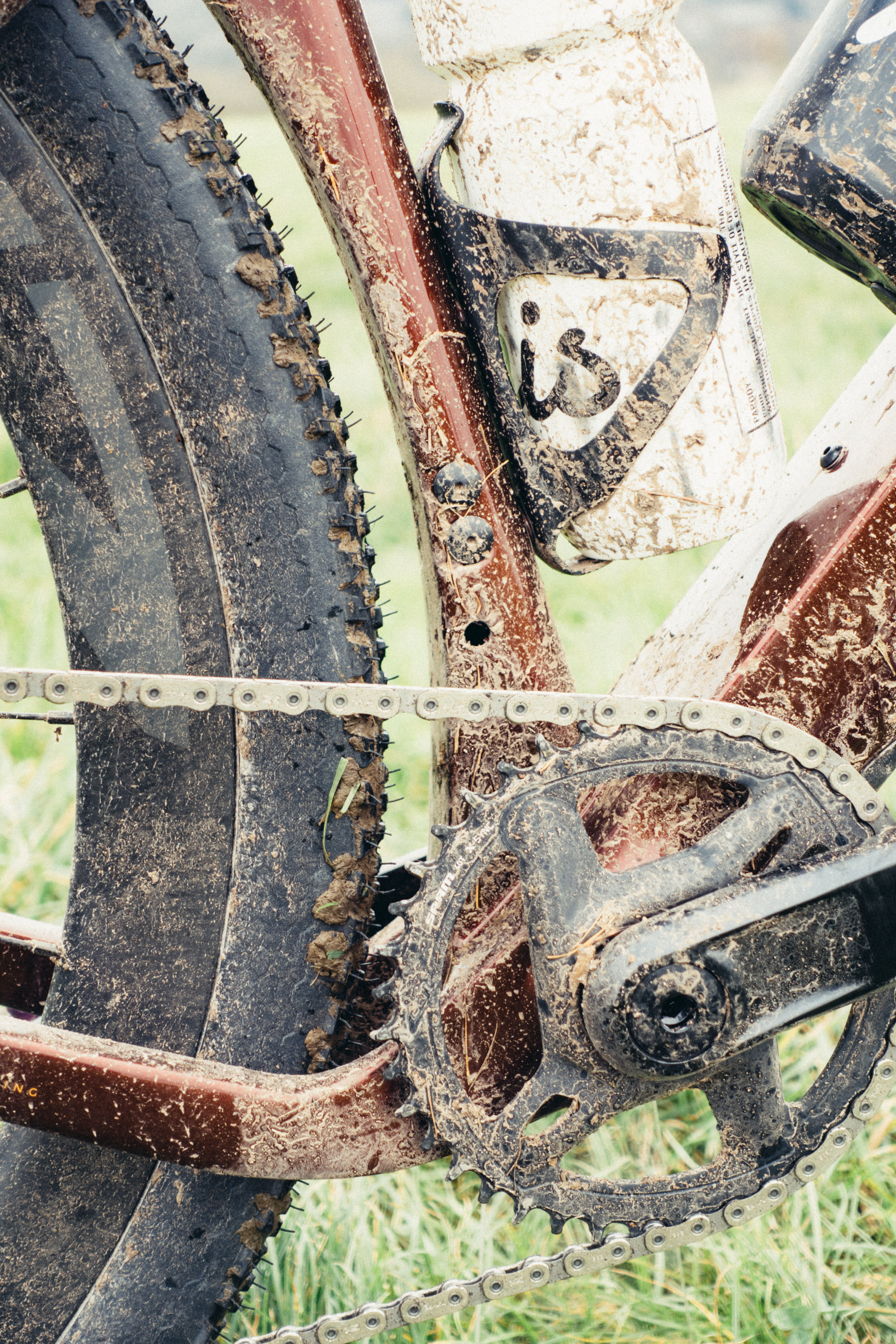
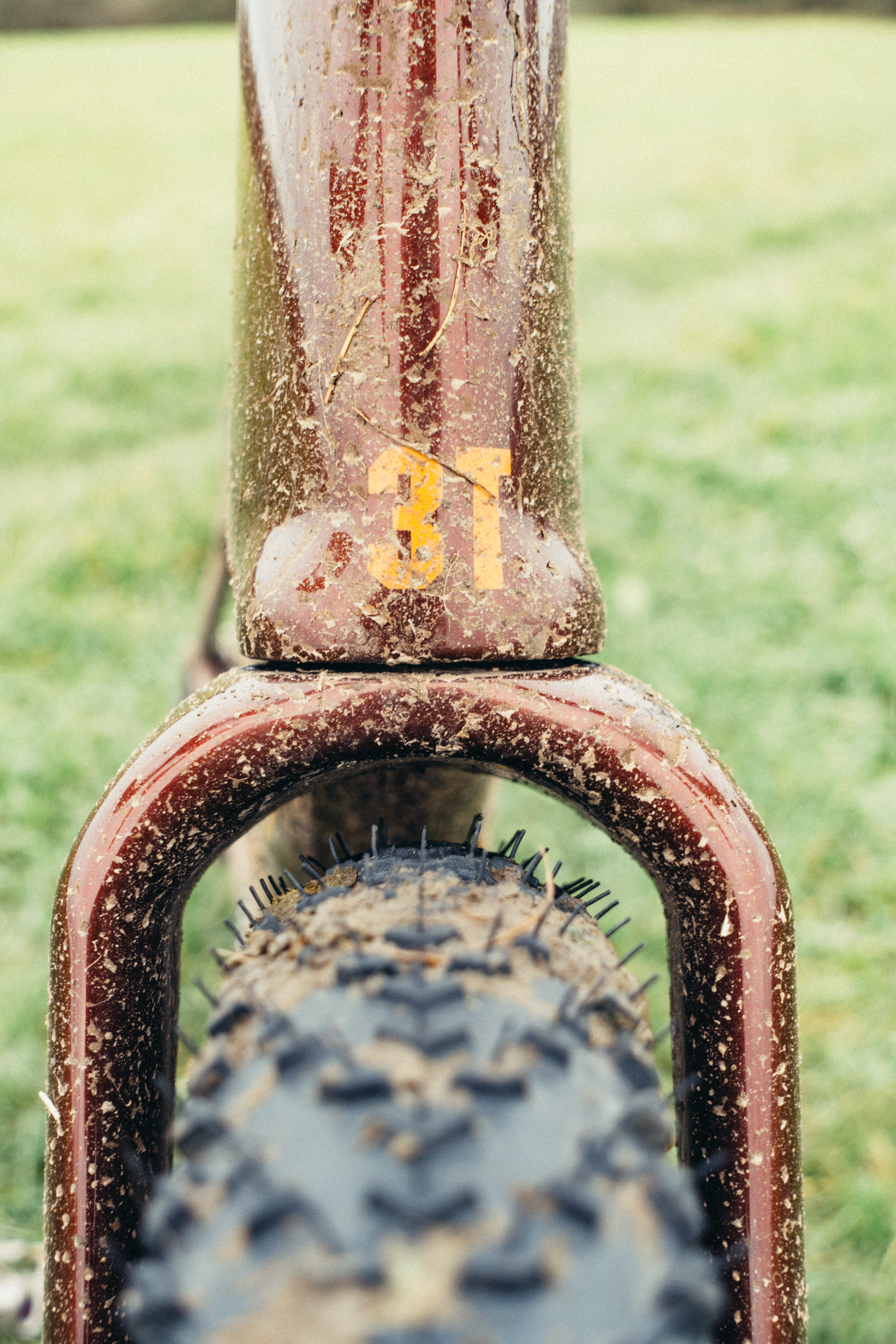
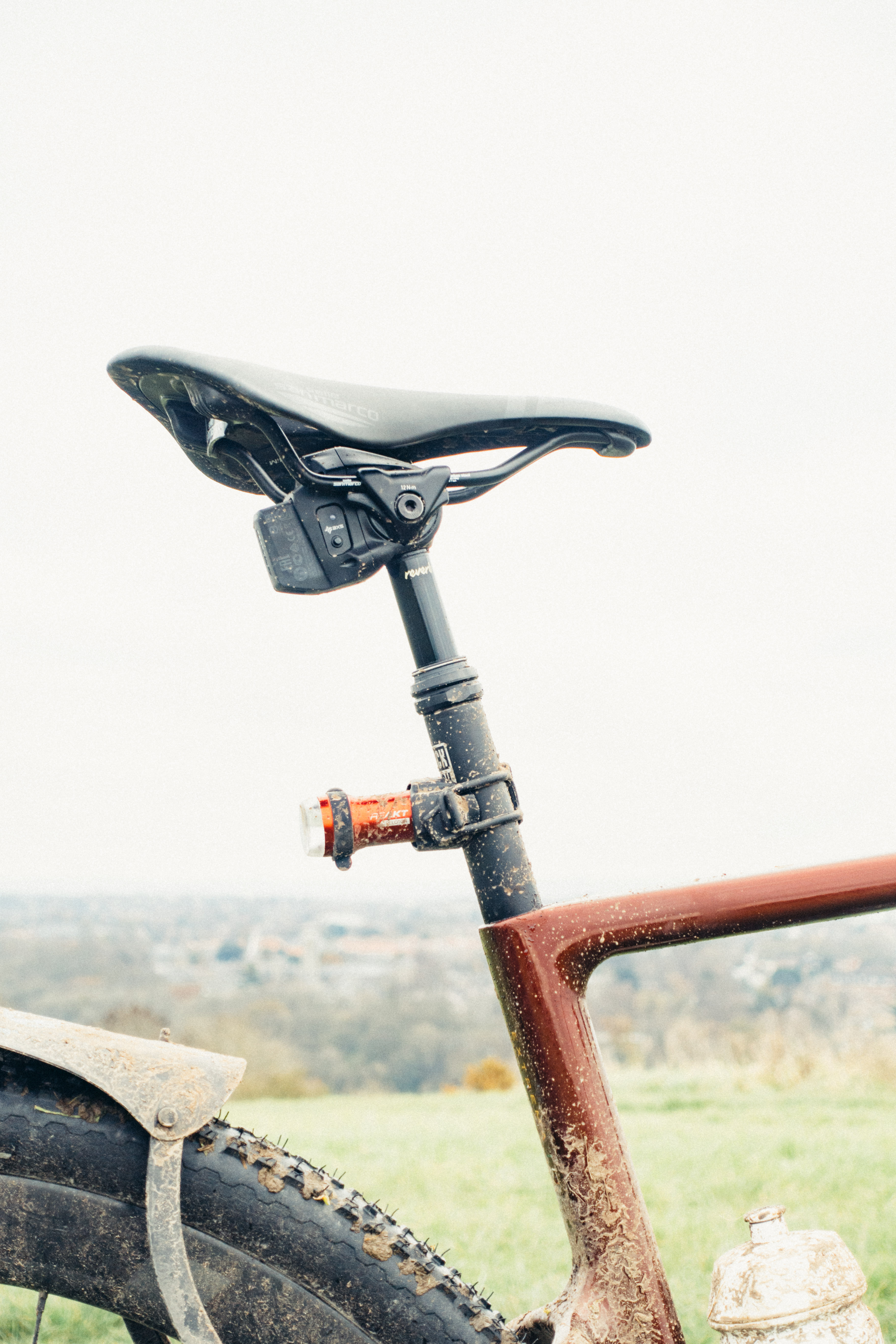
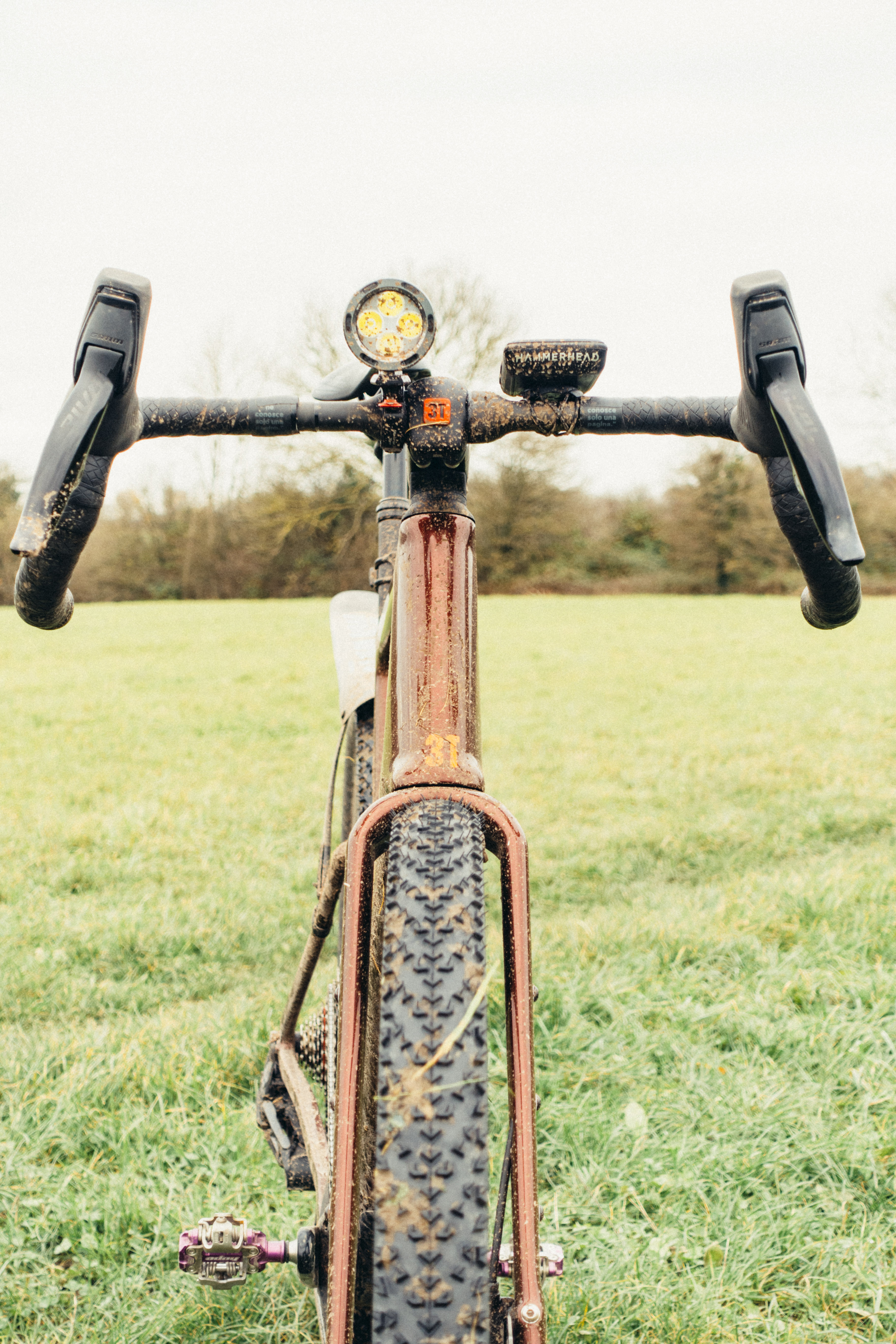
Finally, we have the bars, the Aeroghaia. A very pleasing shape, clearly very aero with extremely flat and wide tops. The 3T stem is extremely neat, and fortunately, I found a space to mount my large light, but if you use an out-front computer mount you’re out of luck as the bolts are tucked around the back of the stem faceplate in a hinge design. This meant I had to mount my computer on the bars, reducing the real estate for holding.
One final bugbear I have is that the finishing tape for the bars has written upon it “The world is a book, and those who don’t travel read only one page”. I’m sure Saint Augustine of Hippo, to whom this quote is attributed, meant well, but the fact that he is the patron saint of sore eyes (no, really) is apt as reading this quote on a bicycle made me wince.
For the weight weenies, I'm afraid those chunky tubes, deep wheels, big tyres, and dropper post internals do add up. All build up the 3T will tip the scales a little over 10kg, which is more than the all-steel Fairlight Secan.
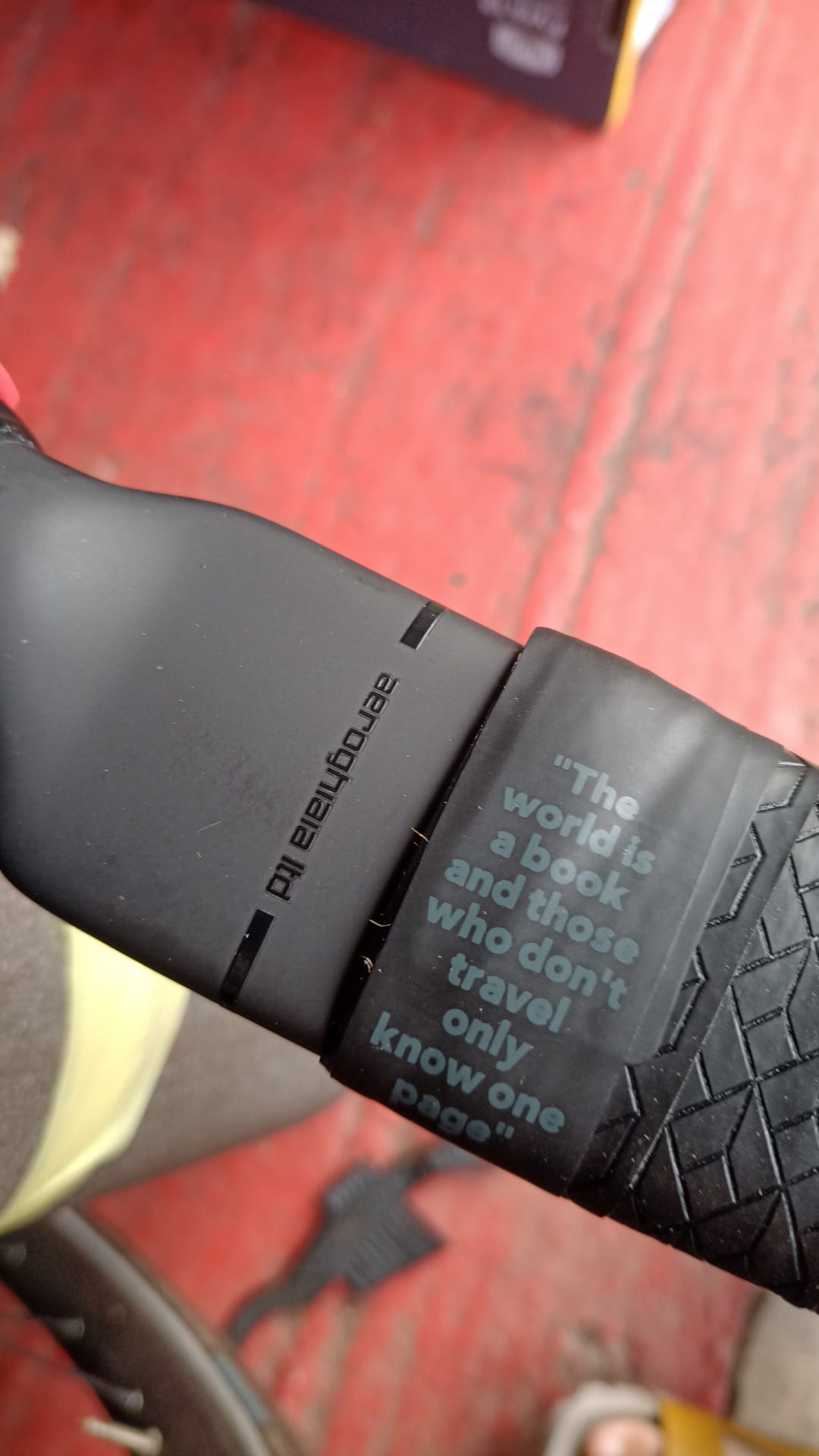
Performance
I’m going to begin with a cautionary tale; you really must set this bike up tubeless. Normally I’m quite happy to let people who love tubes continue to love tubes, but the issue is that the combination of 29er MTB width tyres and deep section wheels means that inner tube valves just aren't long enough to reach (unless you use a valve extender or some such). It’s not a great slight on the performance at all, and I was admittedly rather lazy and didn’t set get the tyre goo in due to time constraints, but a puncture left me having to walk home because my spare tube wasn’t long enough in the valve to pop out the bottom, and the nearest shop didn’t stock anything suitable either; MTB’s don’t run deep rims as a general rule. Think your repair kit out carefully, and make sure your spare tube is appropriate.

Cross-country MTB courses are getting more lairy, and as such cross country mountain bikes are getting more lairy to account for this, leaving a void. We’ve seen riders like Lael Wilcox and Dylan Johnson slapping drop bars on their mountain bikes for some gravel races - the latter I suspect may be a comfort choice as the Factor Ostro Gravel is truly unforgiving in its stiffness - but however aggressive a hardtail is, it’s hard to get into an aero position (unless you do some Lachlan Morton inspired stem wizardry).
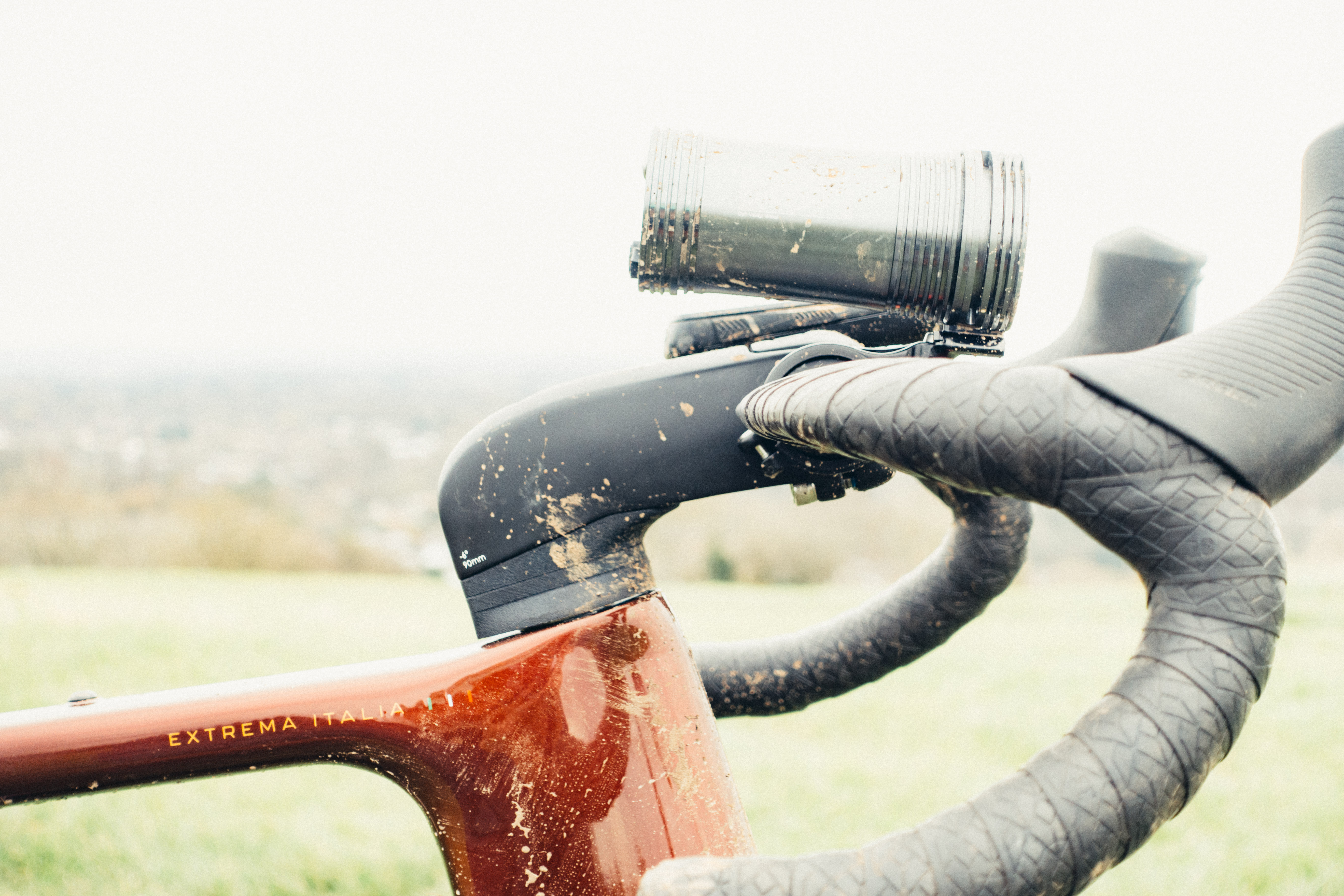
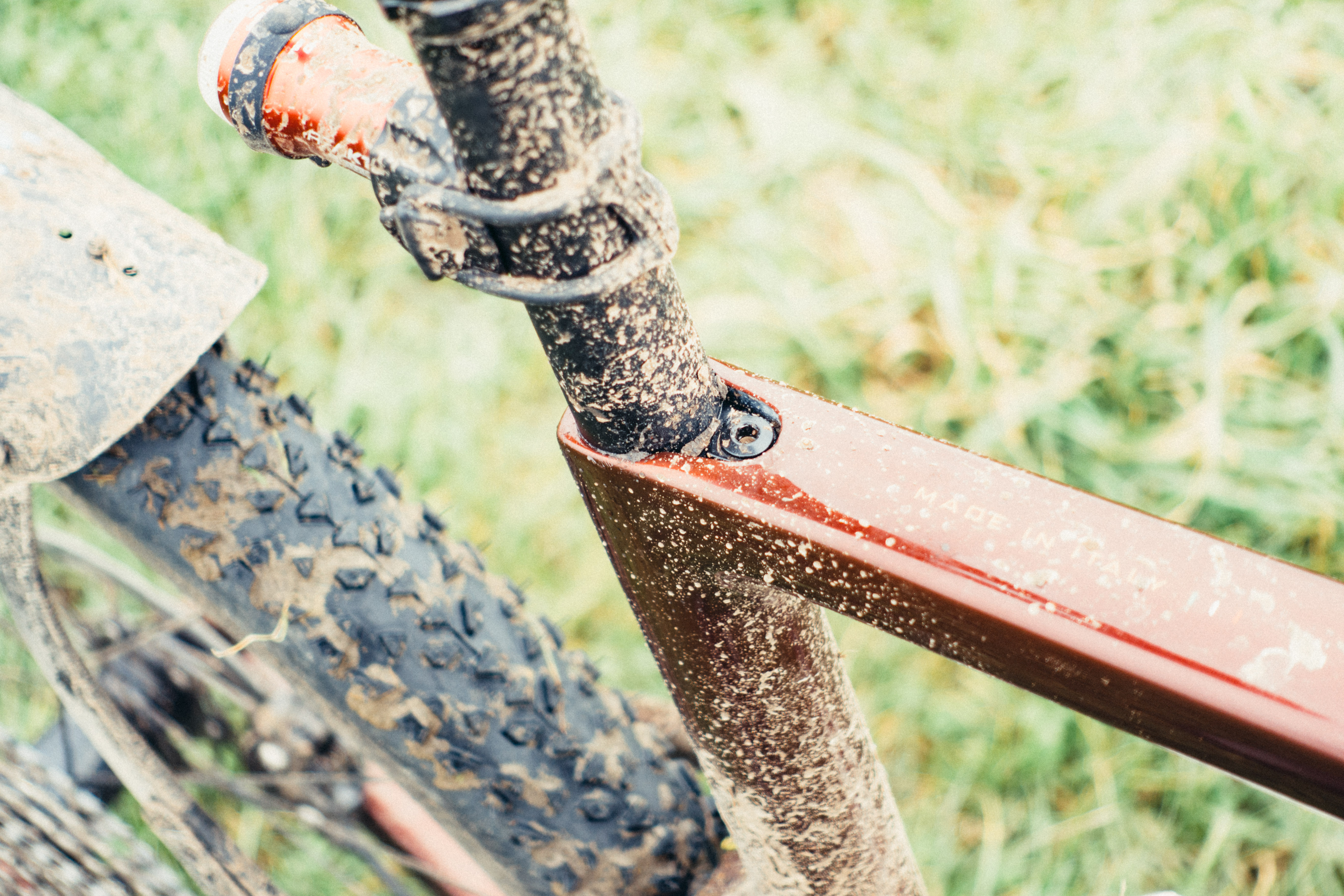
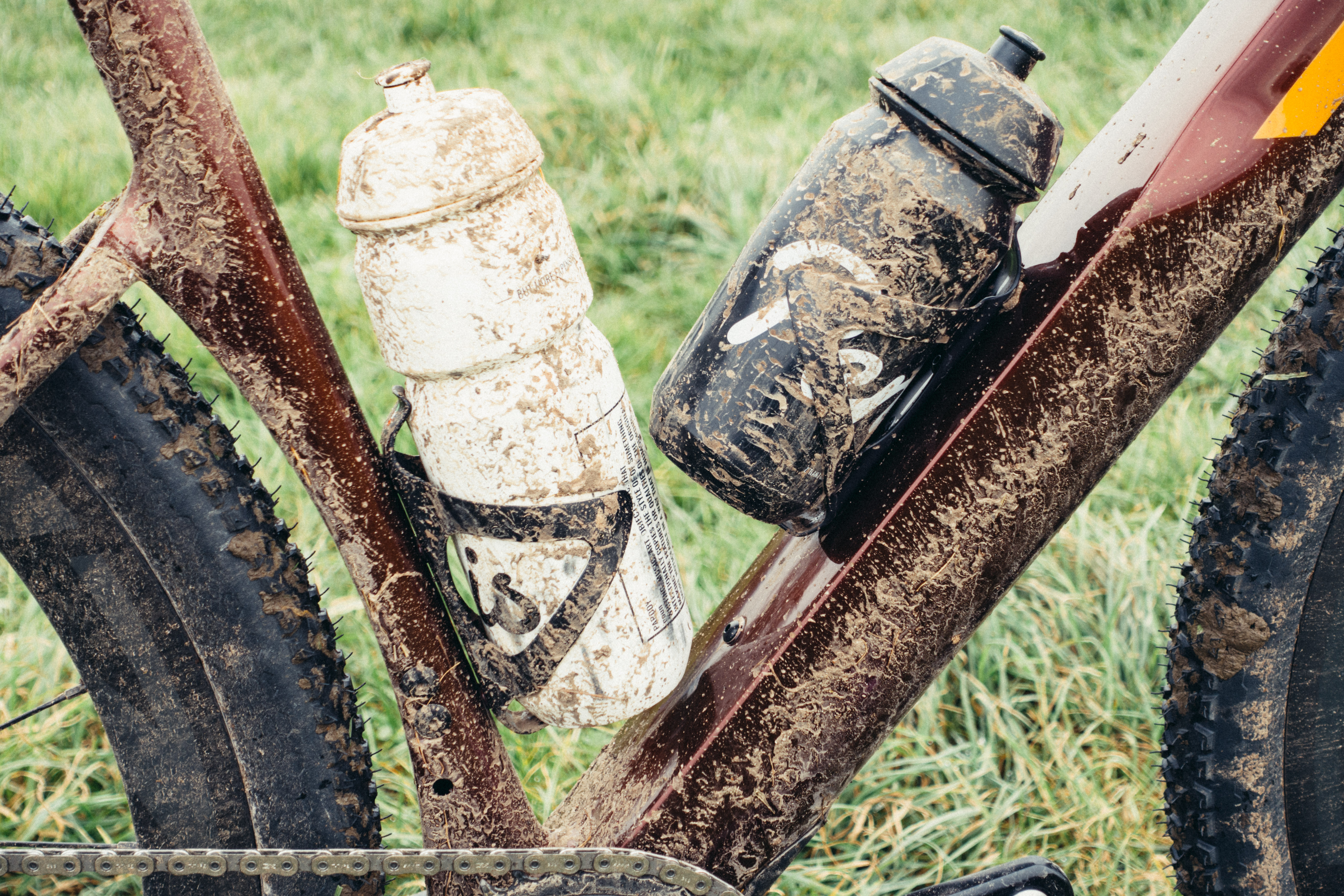
The riding position isn’t as road-like as my Secan; it’s more upright and is what 3T describes as its “3Touring” geometry. For what this bike is built for it’s pretty much spot-on in my eyes. It’s long enough that, in the hoods and in the drops, you can feel like you’re at least not acting like a giant windbreak, but when things point downhill, particularly when it gets a bit techy, you’re not pitched so far over the front that you feel like you’re going to go over the bars if you make a mistake. On extended road sections, I did find myself curling up a little like a shrimp to get lower, but that is partially down to the setup - I opted for my usual 90mm stem, and the bike came with a decent set of spacers, both of which could be modified to make the bike both longer and lower should that be desired.
On the road, I found myself in the drops more than normal, as I think this is where it best emulates my road position, but off-road I was primarily on the hoods. This isn’t really a bike designed for the road though, and this is evident when you do point the monstrous tyres towards the muck. I didn’t have time to set them up tubeless or dial in the pressures at all, but even so, everything made a little more sense off-road. The position, too relaxed for the road, felt spot on. On fast open descents it was stable, with ample grip from the tyres and it was, to put it bluntly: bloody quick! Especially if you dropped the saddle down a la Matej Mohorič at Milan San Remo. It held speed well on the flat too, and thanks to the gargantuan cassette no gradient proved too much; especially on muddy climbs the ability to stay in the saddle was invaluable.
This isn’t really a bike designed for the road though, and this is evident when you do point the monstrous tyres towards the muck. The position, maybe a little relaxed for the road for my liking, felt spot on. On fast open descents it was stable, with ample grip from the tyres and bloody quick, especially if you dropped the saddle down a la Matej Mohoric at Milan San Remo. It held speed well on the flat too, and thanks to the gargantuan cassette no gradient proved too much; especially on muddy climbs the ability to stay in the saddle was invaluable. In really slippery muddy gulleys the tyres do lose their bite, but in all honestly, I think if you were to start fitting really knobbly MTB tyres then you just need to admit that you want an MTB - the loss of speed on smoother surfaces is more annoying than going a little sideways every now and then.



On trails that were very much mountain bike territory, it handled itself with aplomb. The dropper was brilliant, and while I think I’d like to adjust the hood position to bring the levers a little closer to the drops, I never felt out of my depth. Honestly, I reckon if you fitted a flat bar to this it would be an absolute hoot, something which, thanks to the brilliant inter-compatibility of SRAM’s groupsets, should be a relatively easy mod. The bars I am not overly convinced of though. If you prefer to descend in the drops then I think you’ll be golden, but as someone who stays on the hoods on anything technical I for once wished they were a little wider. The extremely flat profile of the tops, while aero, isn’t hugely ergonomic to use as a handhold on anything other than smooth surfaces.
It is certainly one of the more enjoyable gravel bikes that I’ve had the privilege of testing, in the same way, that the YT Szepter is also a hoot. Its fun lies in its capability, though I think this would be my choice (cost aside) if I were to pick one for a bikepacking or grand rough adventure. This issue though, with a bike that's as MTB-adjacent as this, is that it begins to shine in territory that would be more enjoyable on a mountain bike. My local Monday night gravel rides take in a great variety of surfaces, and attract everything from cyclocross bikes to full-suspension mountain bikes. You can, based on my experiences, keep up relatively easily with a hardtail on spicy descents, but it’s a bit more hair-raising. It’s more efficient than an MTB on the road, too, so why did I find myself wishing I was on an MTB? I think it's because it allowed me to enjoy the rough stuff more.
One thing I was concerned about, but wasn’t an issue, was mud clearance. Even with enough mud build-up to rival a wattle and daub house, the sculpted rear section of the seatpost never got clogged. This may be down to how runny our mud here is though - your mileage may vary.
The more specialist you go in a bike genre, the smaller the use case is where it starts to make sense. Because this bike genuinely encroaches into MTB territory it is, like it or not, competing with mountain bikes as well as gravel bikes. If you insist on using a drop bar bike for really rough riding then it’s about as good as it’s going to get, but if you look at the bikes that people are using for these extremely rough bikepacking/ultra events it’s almost exclusively hardtails. Lachlan Morton’s Tour Divide? Hardtail. Lael Wilcox’s Tour Divide? Hardtail. While I think it is an excellent machine, I think the fact that it is so good off-road for a gravel bike is almost what holds it back.
I keep casting my mind back to the best gravel ride of my life, one which I undertook on a Pinarello F road bike, and thinking how much more fun I would have had on this… Maybe another time.
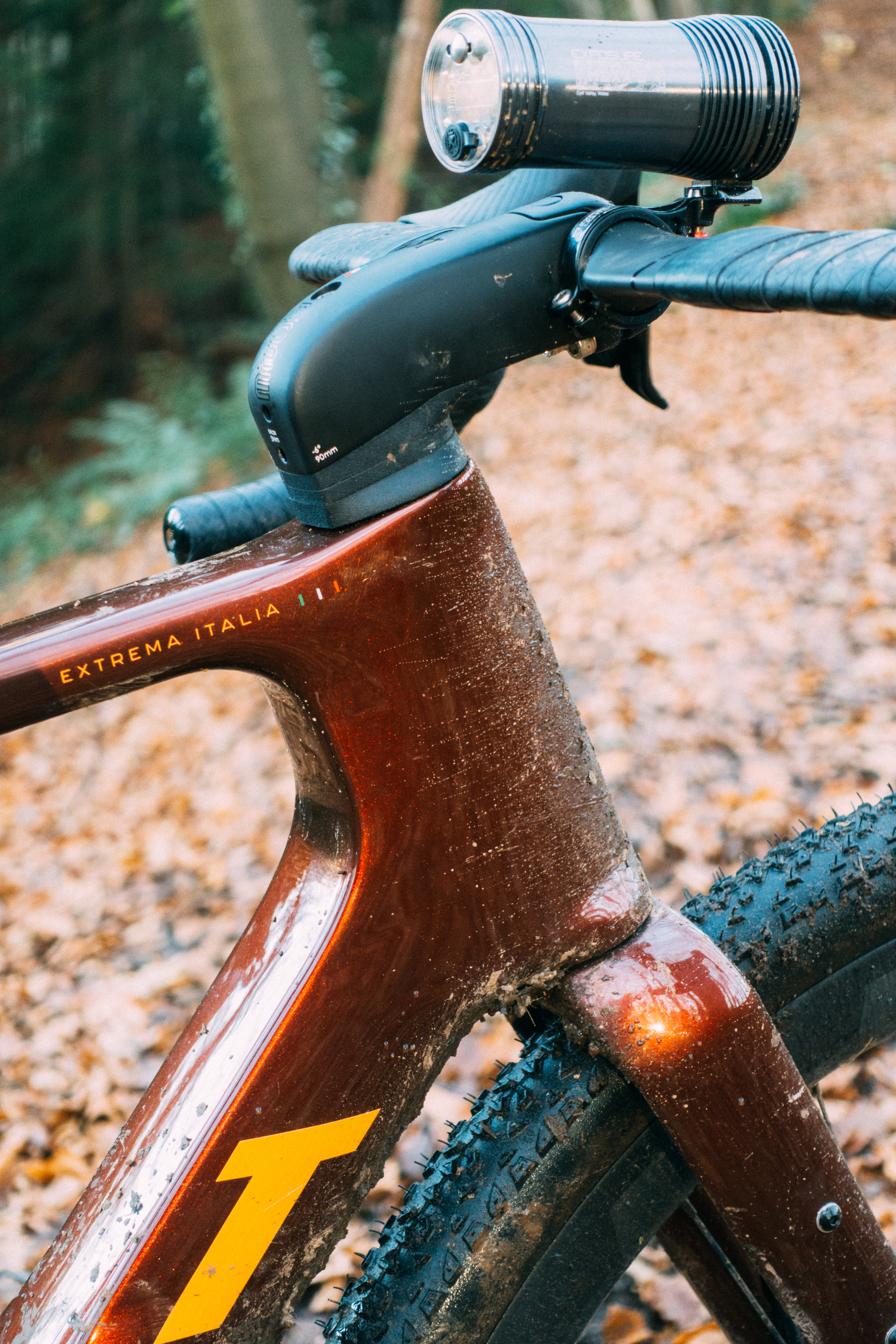
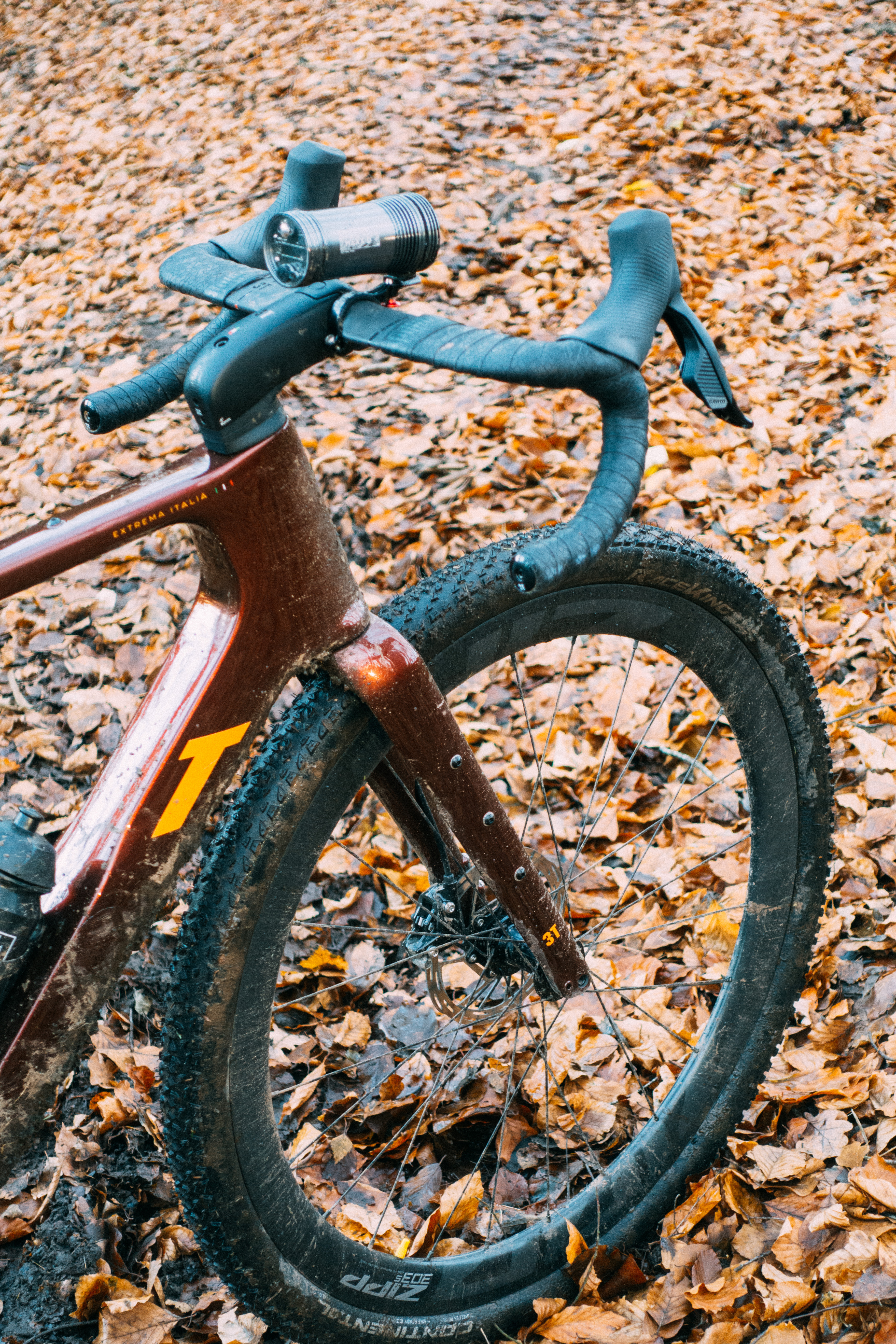
Value
I didn’t check the price of the Extrema Italia. Sometimes I like to guess, and then see how well I do, and for once I actually underestimated the price. In a vacuum, I think it represents pretty decent value. The groupset is incredible, the gear range amazing, the finish excellent, the additional details are numerous and well thought out, it’s pretty quick, it's comfy, and it looks good. All of this for £7,612/$9,199/€8,299.
Step out of the vacuum for a second and it starts to look less of a bargain. It is less capable off-road than an MTB, and it’s slower on smooth surfaces than a less rugged gravel bike. To buy this bike there has to be an amount of ‘I want it’, which is totally fine. In summary, I think it’s both a bargain, and not all at once, and so depends on your preferences.
Verdict
The 3T Extrema Italia is clearly designed first and foremost with off-road riding in mind. It can hang in with the group just fine on the tarmac, but it doesn’t necessarily feel at home there. In contrast, off-road it feels right at home and excels over more racy gravel bikes when things get lumpy, techy, or loose.
Fast descents that would normally be hair-raising become genuinely enjoyable, and fast, open ones become a chance to set speed records. It's one step closer to reaching some sort of gravel/MTB unification - If they sold it with a flat bar option this conclusion might have more weight, but it’s certainly another incremental change towards that end goal.
It is incredibly capable and can mix it with MTBs more often than you’d think, but my main concern is that if you buy this you’re going to ride more and more gnarly terrain to justify its existence, and very quickly you are going to wonder if you should have just bought a lightweight XC hardtail.
In its own right, it’s a wonderful bike; it’s brilliant to ride, and would happily stand up to the rigours of long-distance riding over very rough ground, and I really have enjoyed riding it.
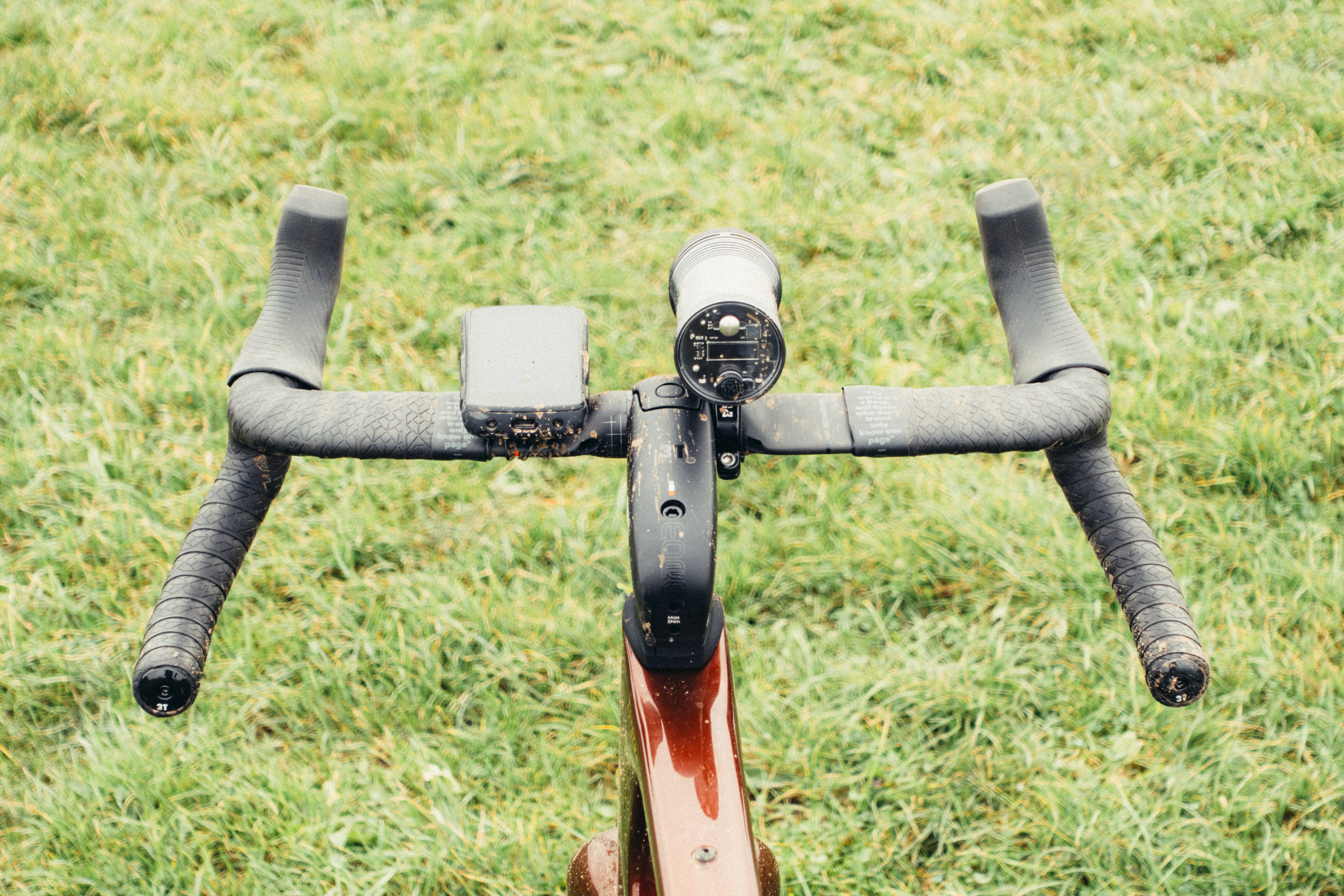
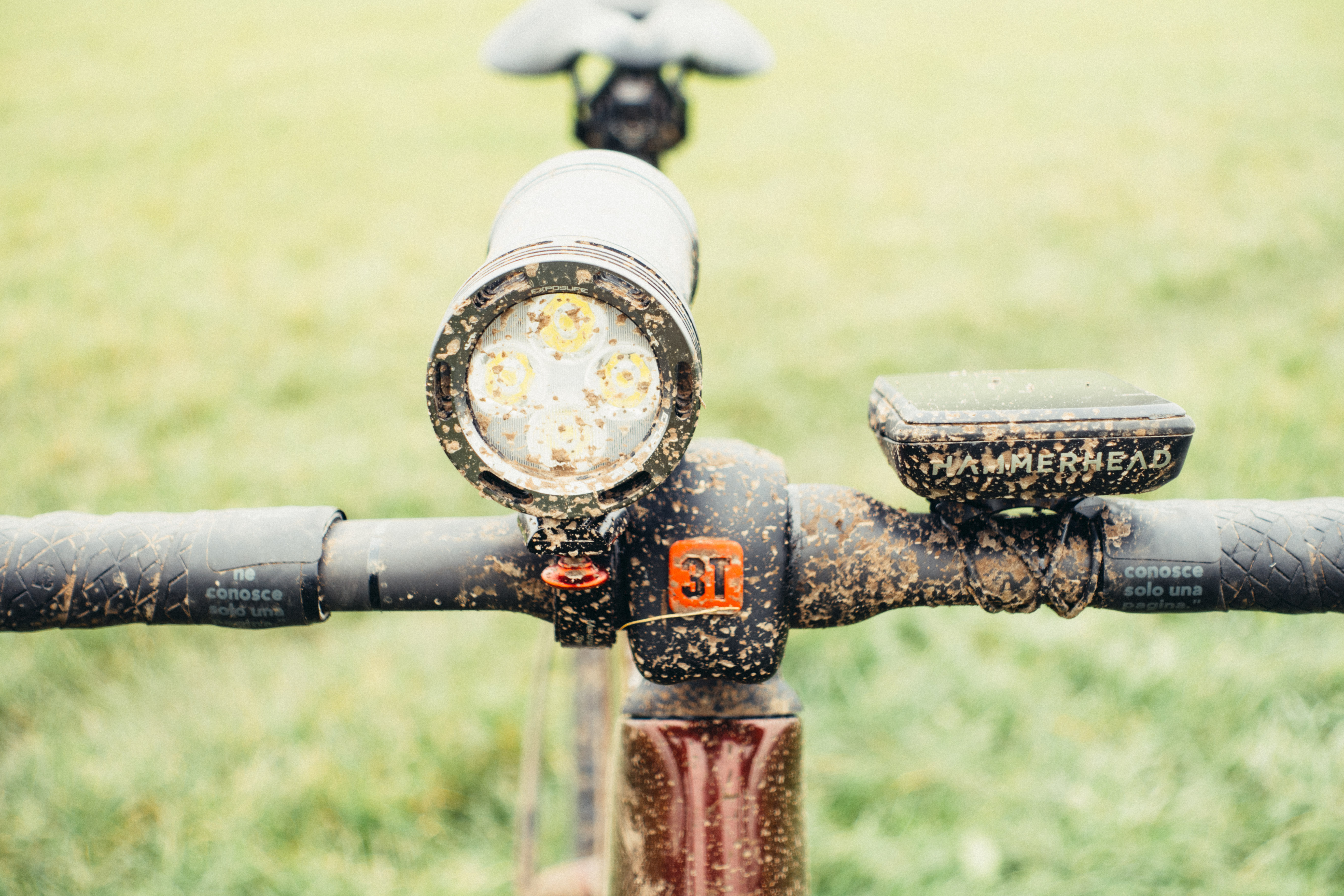
Pricing and availability
If you want to get riding on one of these then you’ve got three tiers of frameset to work with (which include the stem and handlebar), starting at £4,593/$5,499/€4,999, moving through a ready-to-paint version of the top end frameset that’ll set you back £4,868/$5,799/€5,299, and finishing with painted versions of the top end ‘Project X’ frameset for £5,050/$6,099/€5,499.
Complete bikes start with an SRAM Rival / GX Eagle drivetrain, and Zipp 303 wheels but no dropper post for £6,697/$7,999/€7,299. Add a dropper post and the new 3T Torno Wide crank (as yet unreleased, more on that in a second) and this goes up to £7,612/$9,199/€8,299. This is the spec you see here, but the Torno Wide crank is as yet unavailable.
Anyone who purchases this or the higher-spec Project X complete bike will receive the Torno Wide crank as a free upgrade as and when it becomes available. The top-of-the-range Project X, complete with the aforementioned Torno Wide crank, SRAM Force XX SL Eagle drivetrain, dropper post and 3T’s own Discus 45/40 Superwide wheelset will cost you £9,625/$11,599/€10,499.







